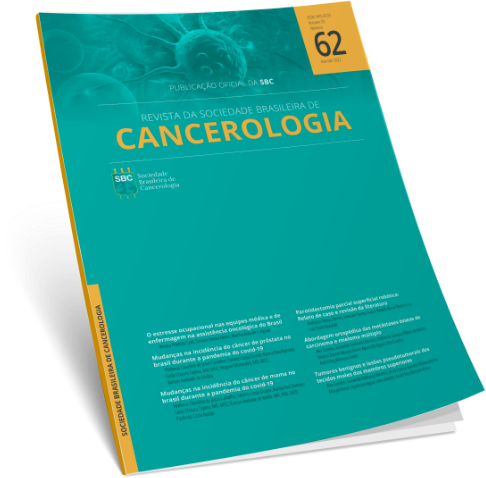Matheus do Nascimento Santos
Lucas Santana Bahiense Filho
Maria Polliana Braz Silva Santana
Julia da Silva Rios Araújo
ABSTRACT
Introduction: Colon malignancy is characterized by the abnormal growth of cells in the inner lining of the colon or rectum. It is one of the main causes of morbidity and mortality worldwide. Risk factors such as age, family history, diet and lifestyle are associated with its development. Early diagnosis is essential for effective treatment, which may include surgery, chemotherapy and radiotherapy.
Objectives: Identify the clinical and epidemiological characteristics of malignant colon neoplasia between 2013 and 2022 in the Northeast.
Methods: Descriptive ecological study carried out using data collected by the Brazilian Oncology Panel of DATASUS. The numbers of diagnoses for malignant colon neoplasia in the Northeast between 2013 and 2022 were analyzed.
Variables analyzed: state of residence; sex, age; age group; staging; therapeutic modality.
Results: In the period analyzed, 22,833 cases were reported in the Northeast (Graph 1). With a peak in 2021, of 3,791 cases (16.56%), and a lower number in 2013 with 1,158 cases (5.05%). The regional leader in cases was Pernambuco (23.71%), followed by Bahia (21.71%). About patients: 53.61% female; the majority were between 60 and 64 years old (Graph 2). In staging, the most prevalent grade was 4 (23.5%). The most adopted therapeutic modality was chemotherapy (55.42%).
Keywords: Colon; Late Diagnosis; Neoplasms; Therapy.

